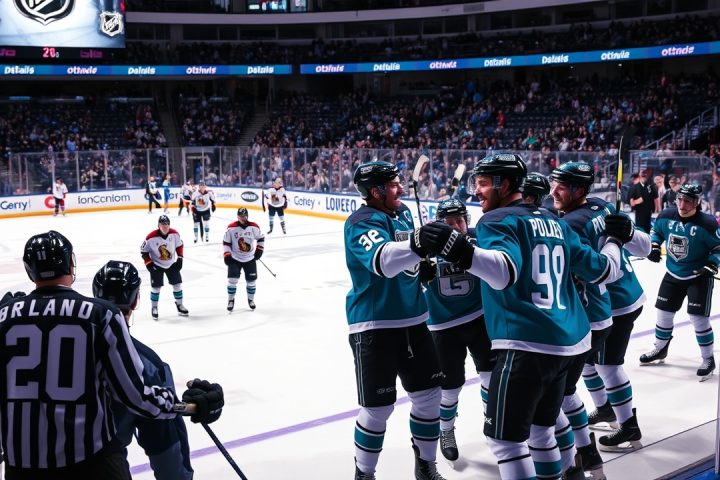The Stanley Cup Final: A Canadian Phenomenon
The Stanley Cup Final has captivated fans north of the border, particularly with Connor McDavid showcasing his exceptional skills on the ice, akin to sports legends like Patrick Mahomes and Caitlin Clark. For Canadian viewers, this playoff round is particularly significant, as they rally behind the Edmonton Oilers—a team poised to win Canada’s first championship since 1993.
The series has drawn impressive viewership numbers, averaging 3.8 million viewers across national broadcasters Sportsnet and CBC, with Game 2 alone bringing in 4.8 million viewers. This interest transcends mere numbers, manifesting as enthusiastic displays of support in cities like Toronto, where Oilers jerseys are a common sight.
The Cultural Impact
Prime Minister Mark Carney himself is an avid Oilers supporter. Recently, he even invited U.K. Prime Minister Keir Starmer to enjoy drinks while watching the Cup Final before the G7 summit, underscoring the cultural significance of the event in Canada.
American Viewership: A Dismal Comparison
In contrast, the reception in the United States has been less than stellar. The first four games were watched by 2.4 million, 2.5 million, 2.3 million, and 2.6 million viewers, marking a disappointing trend—especially as Game 1 posted the lowest ratings for an opening final since 2021, during the pandemic.
Despite the attractiveness of the contest, with both the Oilers and Florida Panthers producing a remarkable total of 39 goals through five matches—the most in a championship series since 2010—American viewers seem disengaged. Last year’s Finals saw viewership averaging 3.4 million, showcasing a concerning 25% drop from one year to the next.
Experts like John Kosner point to the shift from broadcasting to cable, as the NHL’s recent contract with Turner Sports has led to lower visibility for the Stanley Cup Final. This year marked the first all-cable Stanley Cup Final in nearly three decades—a transition that may hinder viewership due to TNT’s comparatively limited reach versus traditional broadcast networks like NBC.
Challenges Ahead
Regular season games on ABC reportedly attracted three times the audience of comparable broadcasts on TNT, stirring concerns about reduced fan awareness and interest. This situation is compounded by the lack of a significant U.S. media market presence in the Finals, as fans in smaller markets like Edmonton do not translate to viewer numbers in America.
Even as the NHL experiences notable financial growth due to lucrative media deals, the immediate viewership drop raises long-term concerns, given that ad revenue hinges heavily on ratings. While diehard fans may still tune in, the casual viewer base—which plays a crucial role in boosting numbers—appears insufficiently engaged. As the series progresses, the hope remains that wider exposure and ongoing discussions around the games may yet draw in more viewers.
Esports consultant Ed Desser highlights that, amid dwindling cable subscriptions and expansive entertainment options, competition for viewer attention has intensified. The challenge before the league—finding the right balance between revenue generation and expansive audience engagement—looks more critical than ever as they navigate this complex landscape.




